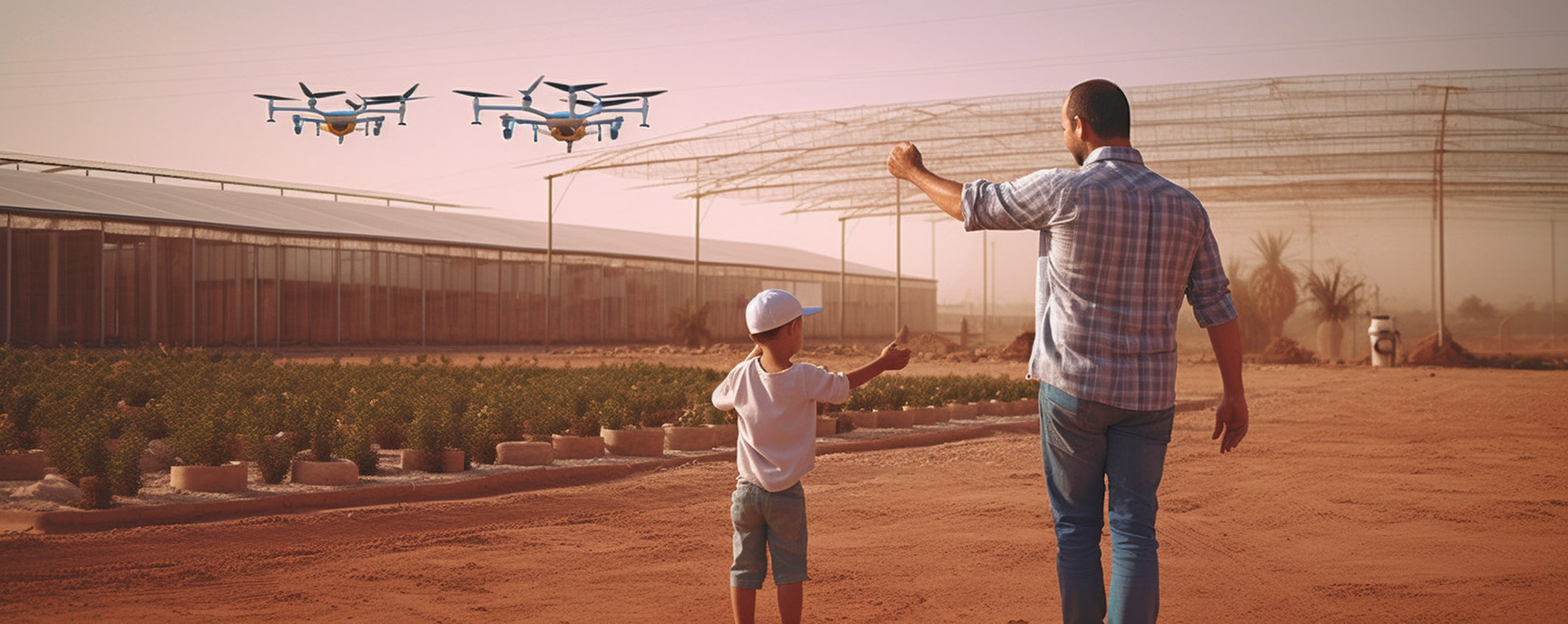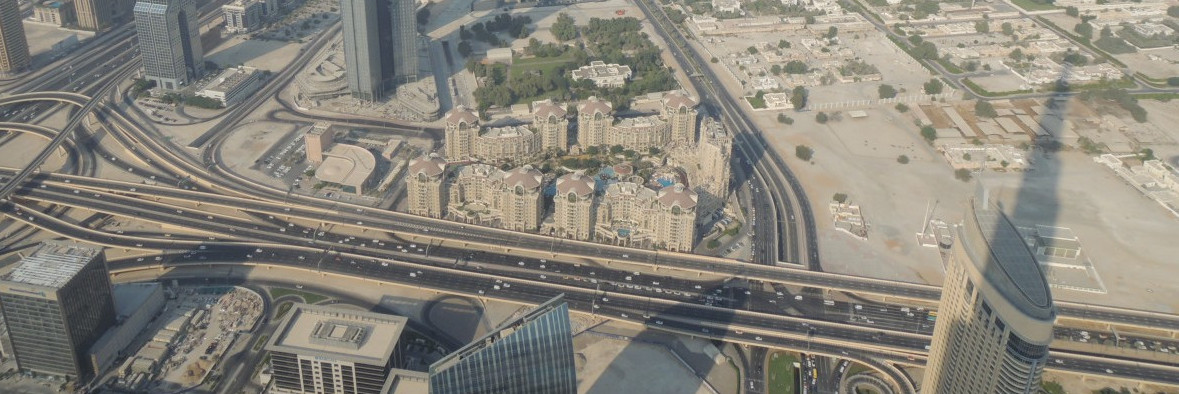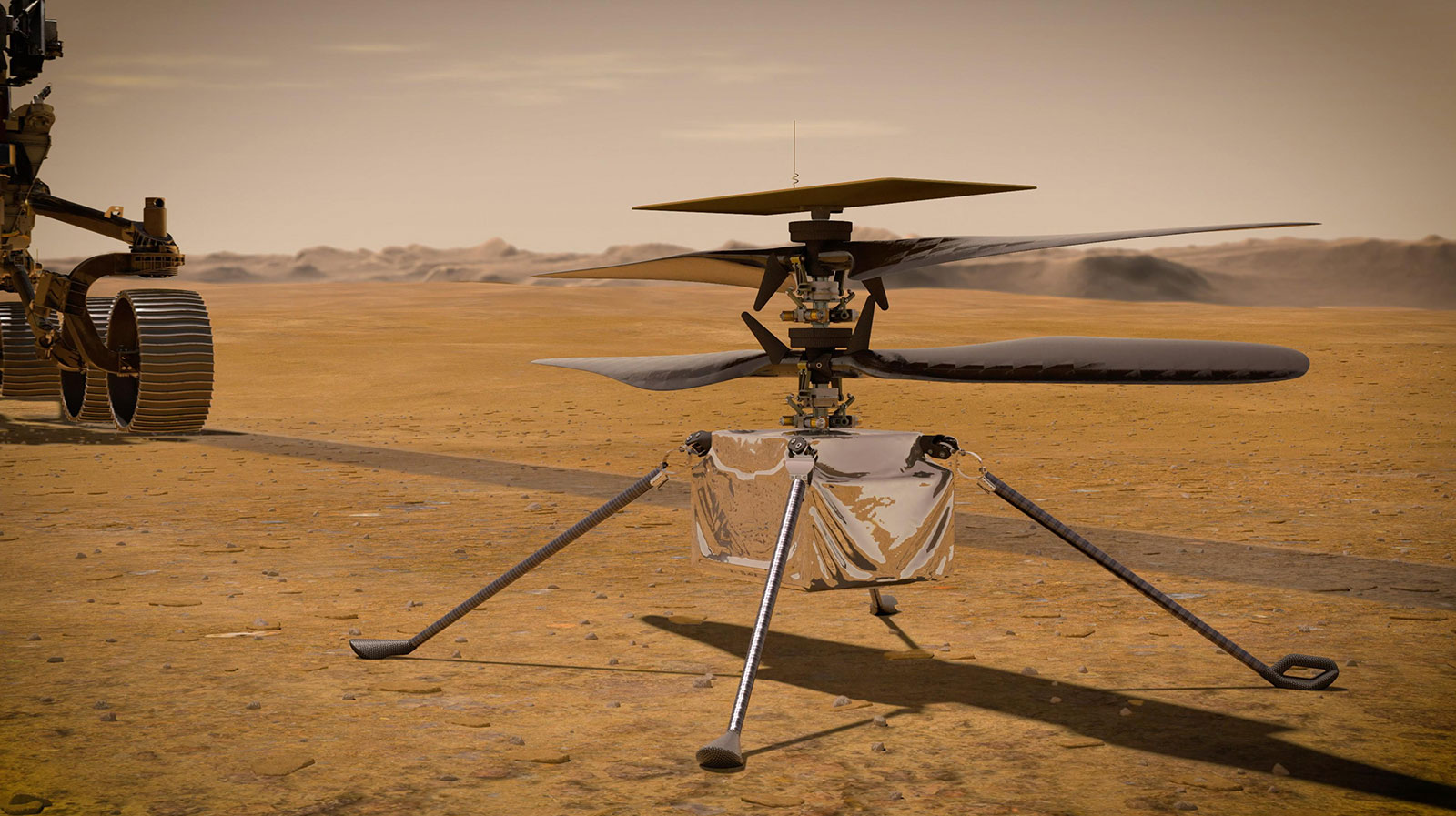Category: Uncategorised
-

Agriculture & Greenhouses
Greenhouse Drone Cleaning with Airflow for Efficient Maintenance in Agriculture Agriculture, particularly in arid regions, is becoming increasingly dependent on technology. One area where this is most evident is in the use of greenhouses. These enclosed structures provide a controlled environment for crop growth, especially important where the local climate is harsh and water is…
-

Window Cleaning Drone
Winds of Change: Saudi Arabia Patent Grant Boost Drone Airflow Cleaning for Solar Energy The founder and inventor of Aerial Power, Ridha Azaiz, has recently secured a patent grant in Saudi Arabia for his innovative drone airflow cleaning technology, adding to the prior grant in the US in 2018. This technology significantly enhances solar energy…
-

Solar Panel Drone Cleaning for Space
Stellar Shine: Solar Panel Drone Cleaning in Space & Martian Maintenance for NASA Rovers The idea of life on Mars has mesmerized mankind for centuries. Much remains to be discovered, but it is known that the atmosphere on Mars gradually coats solar panels in dust and reduces efficiency, just as it does here on earth.…